Hand care for climbers: 7 tips to avoid splits and flaps
Tips to help you find the delicate balance between the protection of calluses and maintaining essential finger sensitivity for all those crimpy holds
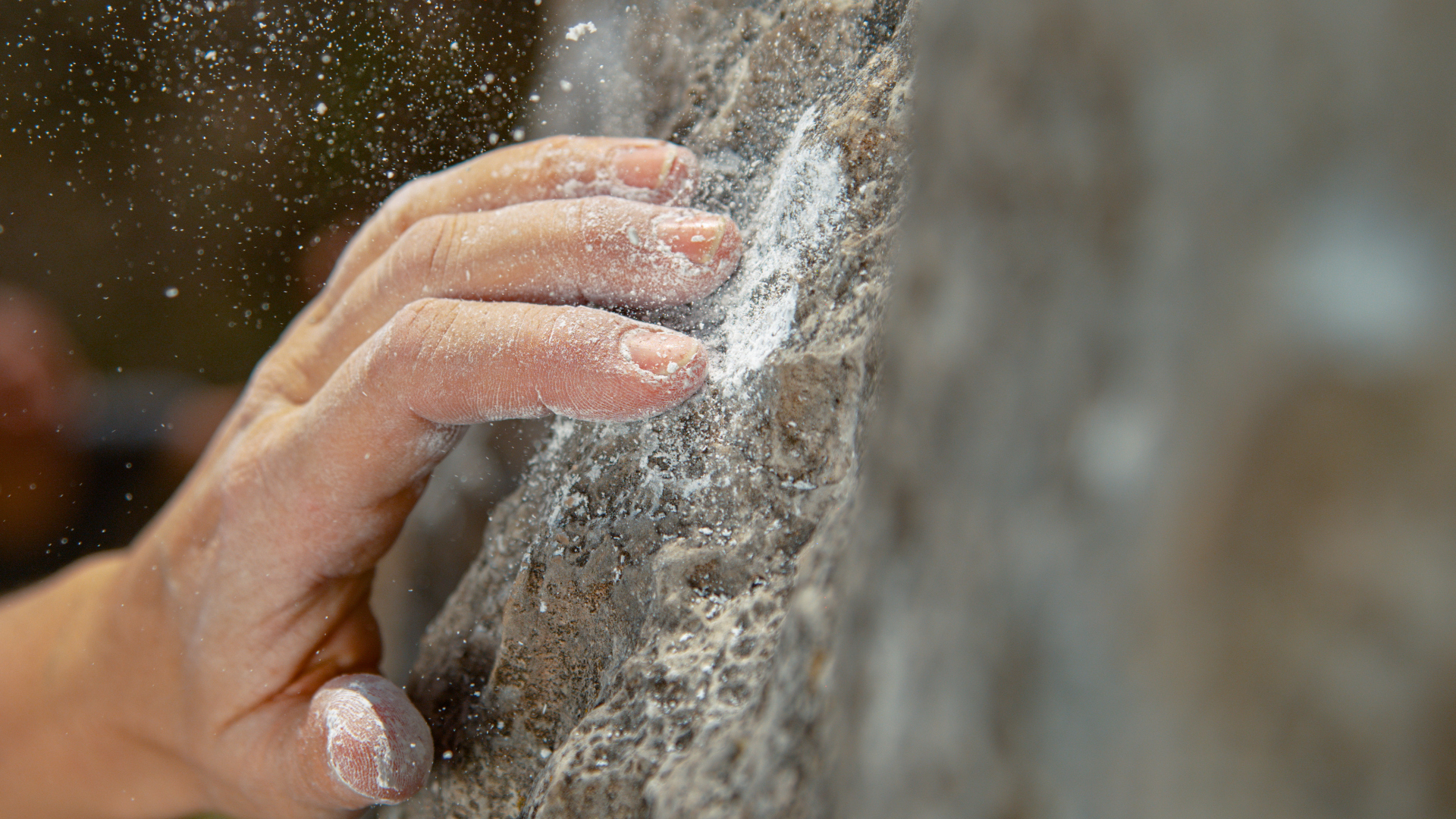
When you’re rock climbing, you’re thankful for the protection the rubber of your best climbing shoes offers your feet, but your hands get no such mercy. In more ways than one, a climber's hands are like a runner's feet: downright disgusting to those who don’t share in your craft, but a mark of pride when you consider the distance they’ve taken you. It doesn’t matter if you’re logging hours on the indoor climbing wall or braving the elements on granite cracks, grainy sandstone or coarse limestone, if you climb regularly, your paws will show it with rough skin, calluses, cracks and scrapes – and let’s be honest, you wouldn’t have it any other way.
We’ve given over more than a few paragraphs towards foot care for runners and how hikers can avoid the dreaded trench foot when they’re traipsing through the rain in leaky hiking boots, so we decided it’s high time we devote some column space to hand care for climbers. However, when it comes to footsports, you’re primarily looking to prevent damage, such as rubbing and blisters, that might impair your performance. For climbing, you actually want those calluses to protect your hands against abrasive surfaces, so this article isn’t about restoring your hands to their baby soft former glory – the only reason to do that is if you’re quitting climbing for good and then you should book a manicure.
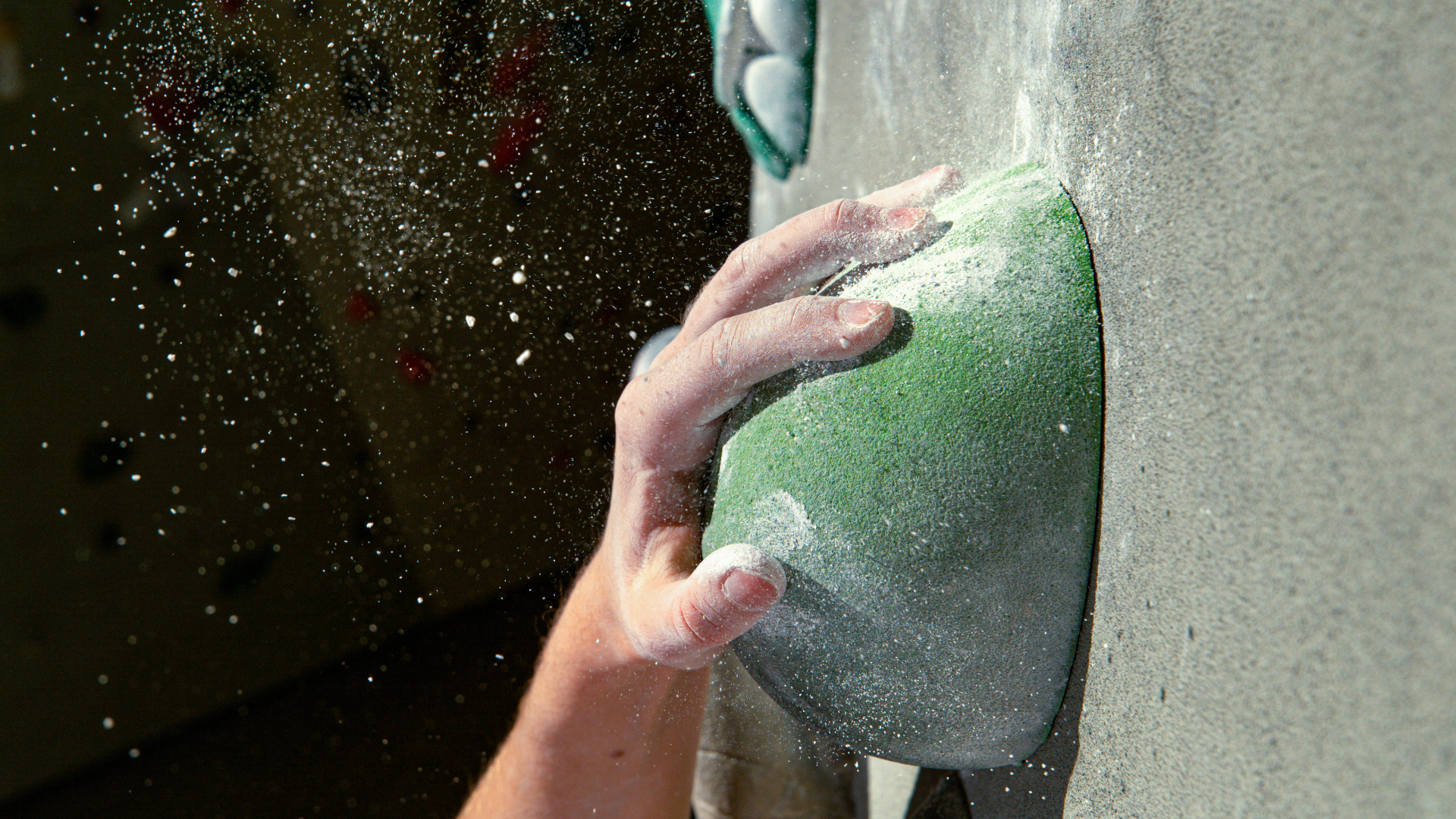
In this article we hand out seven great tips for before and after you climb to help you find the delicate balance between the protection of calluses and maintaining the finger sensitivity you need for those crimpy climbing holds.
1. Use a nail clipper
Obviously, you want to keep your nails short for climbing, so it’s a good idea to carry a nail clipper in your climbing bag, but there’s another use for it – if you’re noticing excessive buildup of dead skin or loose, hanging flaps that might tear off and cause bleeding, you can use a nail clipper to trim dead skin, too. Make sure you’re only removing skin that is already dead and not pulling at healthy tissue or you’ll just create more problems for yourself.
2. Wash your hands
If you’re climbing indoors, let’s hope you’re used to hitting the bathrooms and washing up before you head home, but when you start climbing outdoors, this important detail can get lost in the shuffle. No matter what surface you’re climbing on, your hands will end the day covered in chalk (even if it’s not yours), sweat (also not necessarily yours) and other general grime (could be anyone’s). Particularly if you have sensitive skin, these substances may cause irritation and further drying, so make sure you wash your hands with antibacterial soap and cool water when you get home from climbing.
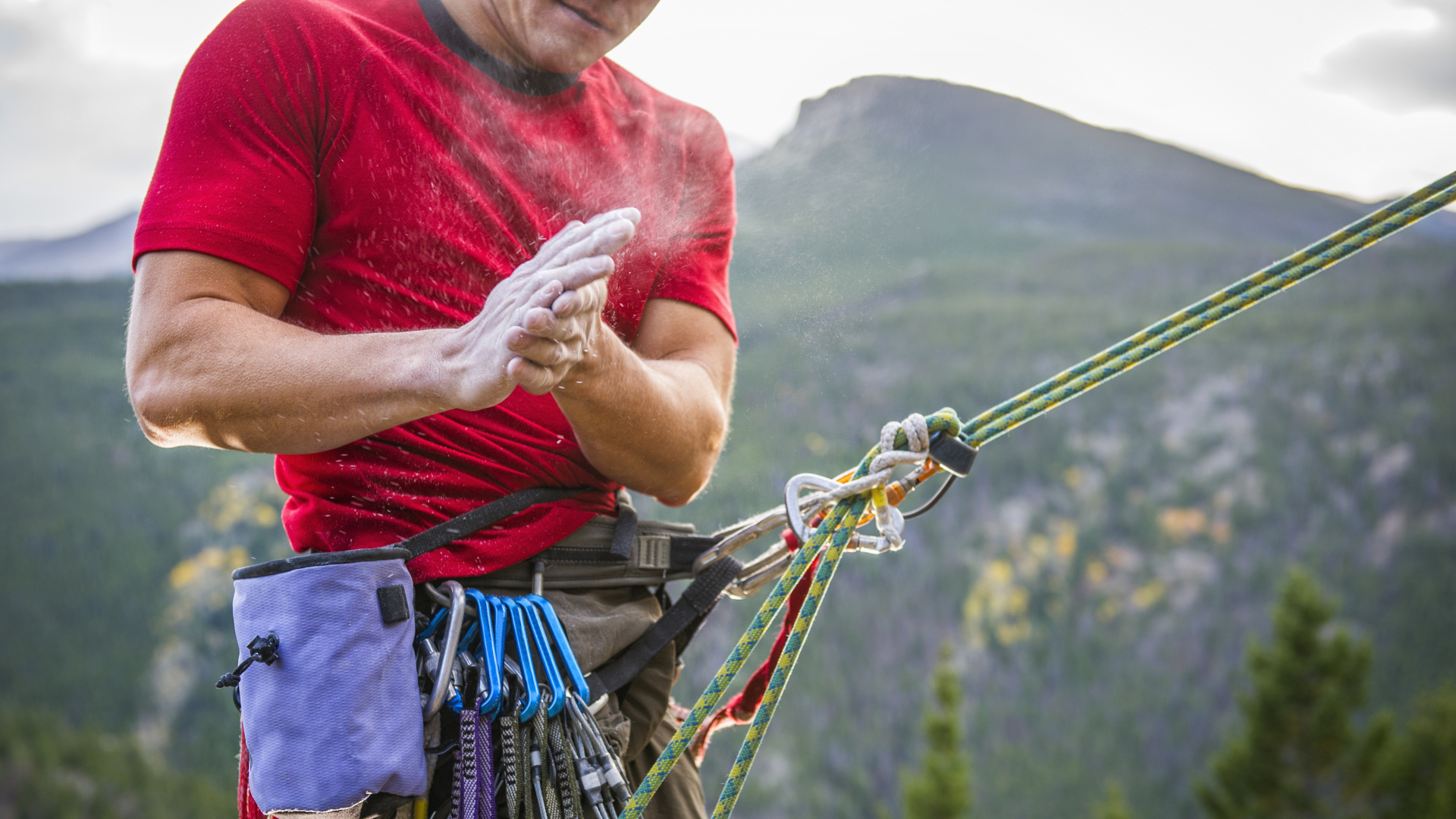
3. Try liquid chalk
Speaking of climbing chalk, this can be one of the major offenders for excessively dry skin that ends up splitting. Clearly you don’t want greasy hands for climbing, but if you suspect regular old climbing chalk is causing you issues, you may want to switch to liquid chalk instead. These are usually high performing, make no mess and while the effects of their impact on the environment haven’t been studied, they do claim to leave less residue on the rock – bonus!
4. Care for wounds
Cuts, splits, scrapes and tears will be commonplace to you as a climber, so you might fall prey to ignoring them. Don’t. Make sure you use antiseptic on any open wounds (after washing your hands) to avoid nasty infections and for bigger cuts or splits, use a closure strip that won’t get in the way of climbing the way a bandage or plaster might. If it’s a bad cut, take a few days off and do some yoga for rock climbing while it heals so as not to make matters worse.
Advnture Newsletter
All the latest inspiration, tips and guides to help you plan your next Advnture!
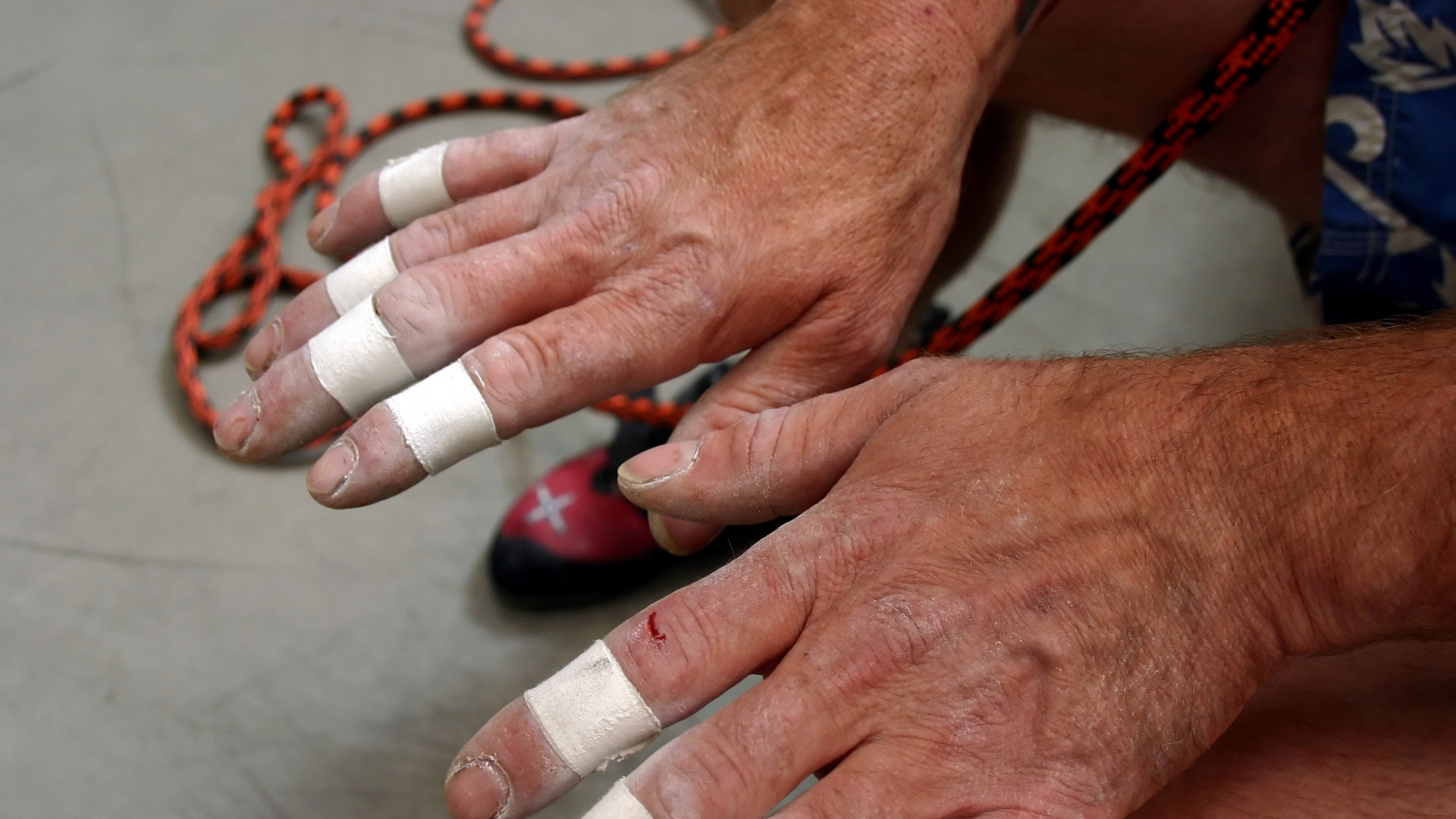
5. File, don’t soak
If you’ve ever been lucky enough to get a pedicure, the first thing you do is sit for a few minutes with your feet soaking in warm water. This softens up hard skin to make it easier for your therapist to file it away. The same thing will happen if you soak your hands, and that soft skin becomes more prone to tearing and leaving you with dreaded skin flaps. Don’t soak your hands if you can avoid it (though don’t avoid baths either!) and instead, if your calluses are getting to the point that they’re interfering with your finger dexterity or sensitivity, take a foot file, pumice stone or even a nail file and gently file the calluses down a little and smooth them out so there aren’t any rough edge to catch on the rock. Don’t overdo it to the point that your skin feels sensitive.
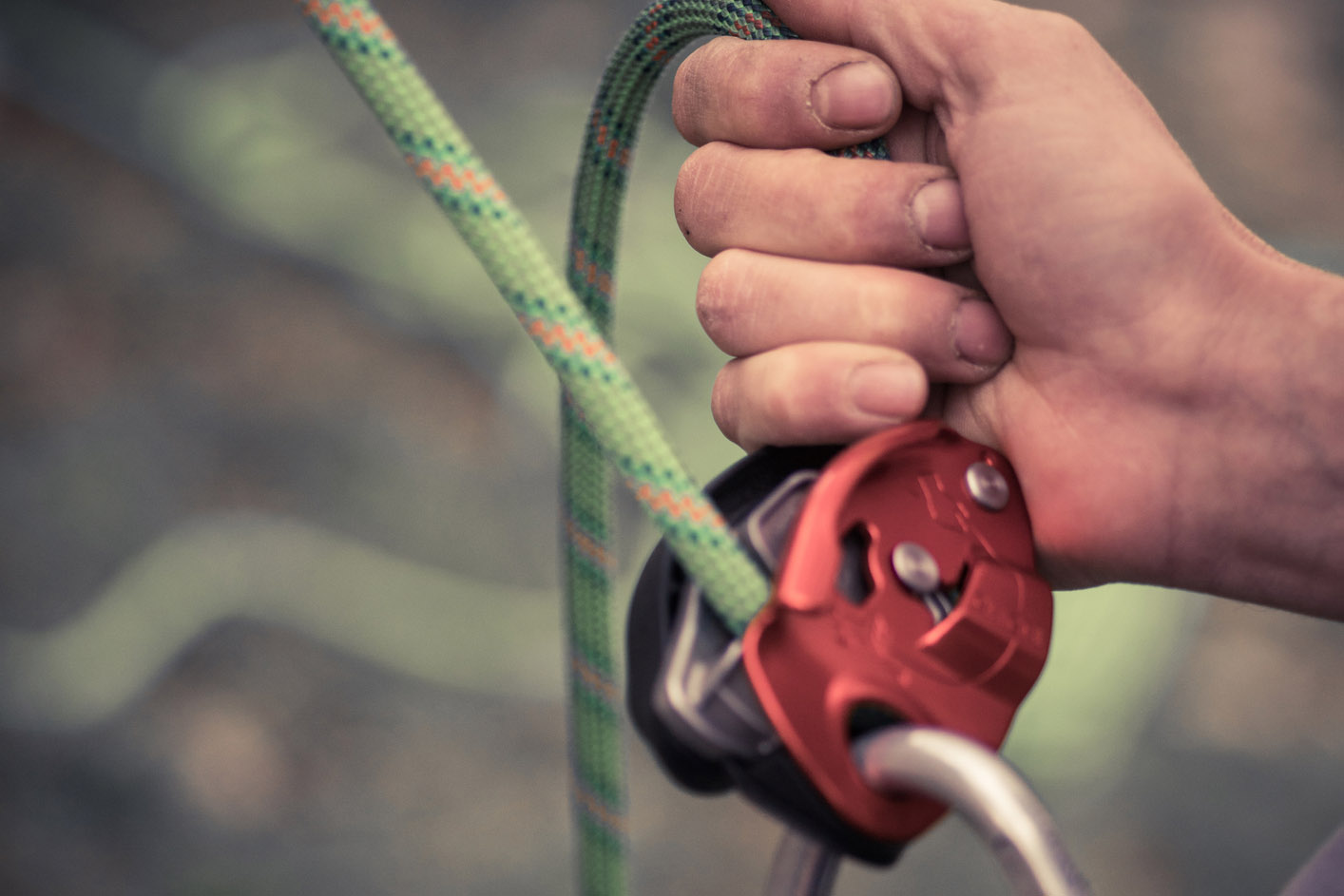
6. Moisturize before bed
It feels so good to slather some good climbing balm onto dry, chapped skin, but don’t do it while you’re climbing or you’ll just end up with greasy hands, and leave the wall slick for the next climber. Before you go to bed, use a climbing balm, moisturizer or even some skin-friendly oil such as almond oil on your hands. This way it can have all night to penetrate your skin while you sleep and keep the tissue hydrated and healthy without impairing your grip.
7. Consider gloves
Another culprit for rough skin on your hands is climbing rope and this occurs when you’re rappelling or when you’re down below on belay. Avoid nasty friction burns by wearing specially designed belay gloves that protect your hands and maintain essential finger dexterity.
- Best women's climbing shoes: tested by experts
Julia Clarke is a staff writer for Advnture.com and the author of the book Restorative Yoga for Beginners. She loves to explore mountains on foot, bike, skis and belay and then recover on the the yoga mat. Julia graduated with a degree in journalism in 2004 and spent eight years working as a radio presenter in Kansas City, Vermont, Boston and New York City before discovering the joys of the Rocky Mountains. She then detoured west to Colorado and enjoyed 11 years teaching yoga in Vail before returning to her hometown of Glasgow, Scotland in 2020 to focus on family and writing.

